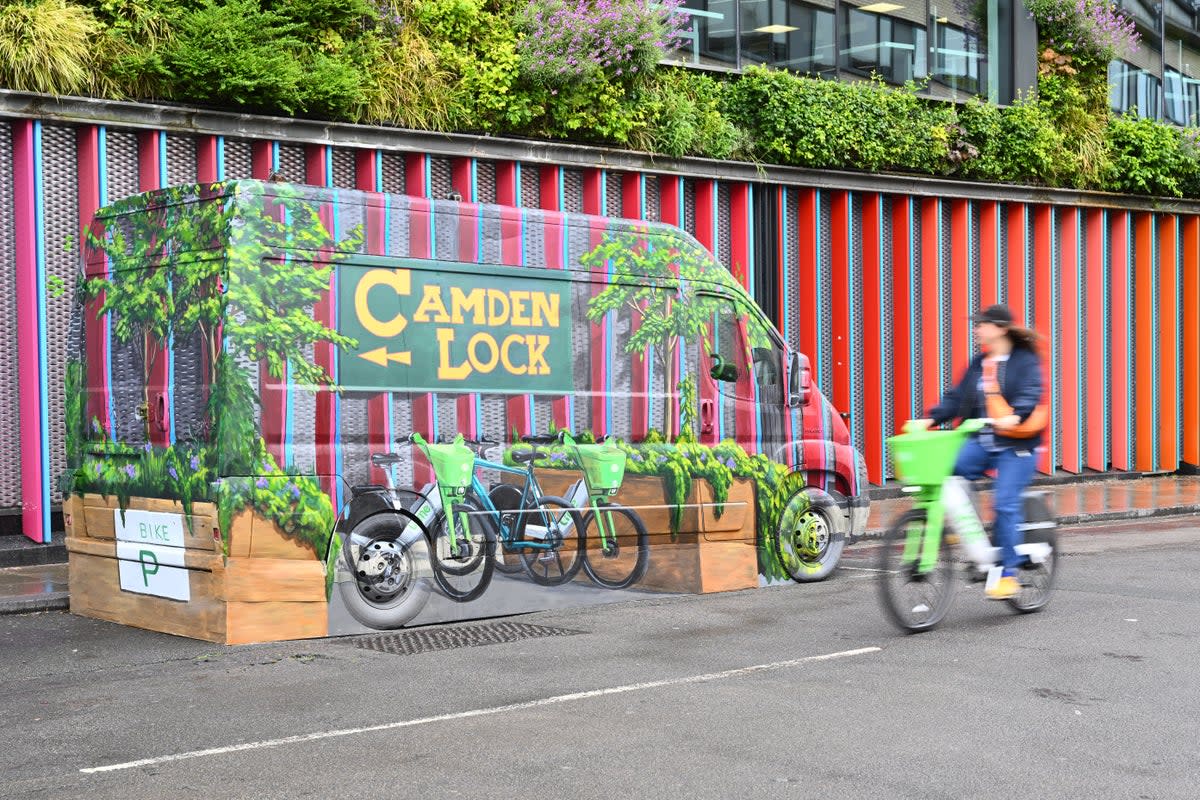Simplify e-bike rules and boost parking spaces to reduce 'clutter' on London's streets, report warns

The problem of e-bikes cluttering up London’s pavements and blocking pedestrians could be tackled with a more consistent set of policies across the city, according to a new report.
The “independent analysis”, commissioned by e-bike operator Lime and authored by the consultancy Steer, says that while London has seen a “boom” in e-bike journeys, “regulation has struggled to keep up”.
It comes as survey data from the pollster Opinium reveals that almost half (49 per cent) of Londoners aged 18-34 say they use a rental e-bike at least once a week.
The report says that while e-bikes “are a vital part of the effort to improve our air quality”, there is still the potential for an extra 10 million e-bike journeys in London per year, if there was more parking capacity for them.
But the research - which was advised on by the Centre for London think tank - also acknowledges that “allowing bikes to be parked anywhere can lead to street clutter”.
In the last six months, Lime has recorded a 21 per cent increase in parking locations with “exceeded vehicle capacity” in central London on weekdays. In response, the business said it has increased its on-street staffing by 40 per cent.
Currently, the rules on where the vehicles can be left vary depending on the brand of e-bike being used and the borough being parked in.
The report’s authors recommend that all e-bike operators and councils agree to creating a “mandatory parking zone” which would cover the capital’s central boroughs. In this area, e-bike journeys could only be ended by parking in designated bays.
To enable this system however, it says that at least 50 bays would be needed per square kilometre in the busiest parts of the city centre.
In London’s less central boroughs, the report suggests that a “flexible parking zone” could be created, which would have designated bays in the busiest areas, while still allowing for bikes to be parked “considerately” in any location outside those areas.
Hal Stevenson, Lime’s UK director of policy, said demand for cycling “has skyrocketed in the last year but that this growth “has come with unintended challenges”.
The company is “committed” to following the report’s recommendations, he added.

 Yahoo News
Yahoo News 
